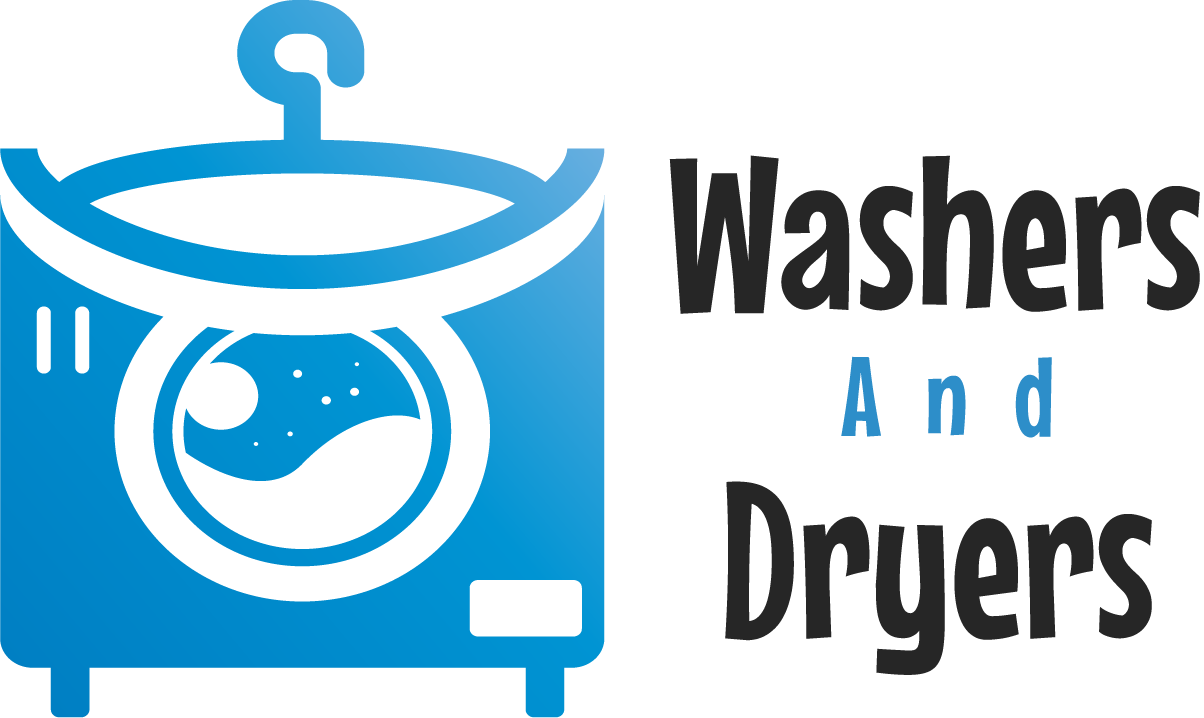Why Buy a 10kg Front Loader?
The 10kg front-loader is perfect for large loads of laundry with 13 wash programs, including handwash as well as plenty of space for big wash cycles. With advanced technology and smart features, it's the perfect partner for your home laundry.
Front loaders typically take longer to wash, are not available in larger capacities and often be prone to mildew and mould. They are more water and energy efficient than top-loaders.

Energy
The major energy expense in a front-loader 10kg is the electricity that is used to heat the water to the operating temperature and then run the motor. These costs can be offset by lower energy consumption when compared to top-loaders. This means less power used during the spin cycle and agitation cycle, as well as using less water. Some machines have a low-water wash option that requires significantly less water than the cotton cycle, saving on both energy and water consumption.
In general, true front-load washers use less detergent than top-loaders and the tumbling motion in the drum is able to entrain air to reduce foamy suds and overflows without slowing the cleaning process. However, the door seals and bellows may be more prone to wear than those in top-loaders. In addition, the top-loader's mechanical agitator can cause significant wear and abrasion of clothing fabrics, as it forces clothes against each other with paddles that constantly drop and drag them through the wash. This abrasion is measured by the amount of fabric that builds up on the screen for lint. Lint is mainly made up of stray fibers removed from clothing while washing and drying. Many top-loaders are designed to operate at lower speeds and can also have an "freshening cycle" to clean the mechanical gears or bellows regularly.
Water
Top-loading washers require an impeller or agitator in order to force soap and water through the clothes, which causes wear and abrasion. In contrast, front-loaders employ paddles that gently lift and lower clothing inside a spinning drum for cleaning, which reduces wear. The amount of wear can be estimated by the amount of lint accumulated in dryer lint filters, which is largely composed of stray threads detached from clothing during washing and drying.
Because front-loaders use a lower level of water than top-loaders and are therefore less susceptible to leakage. related web-site -loaders require a bellows or seal to prevent water from entering through the open door. These systems aren't maintained as often as top-loaders.
Front-loaders are more energy-efficient than top-loaders since they can utilize hot or cold water, and some even do so without a heating source. This efficiency can lower operating costs for the same laundry load, especially in locations where energy, water and detergent are expensive.
